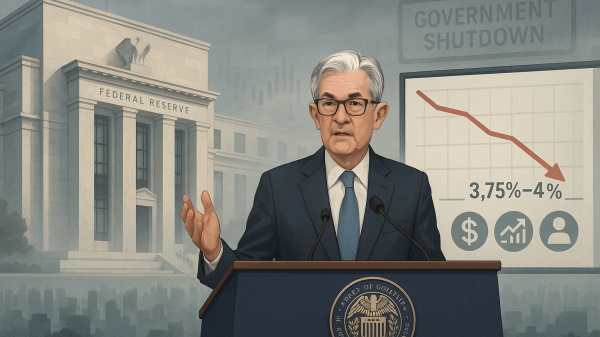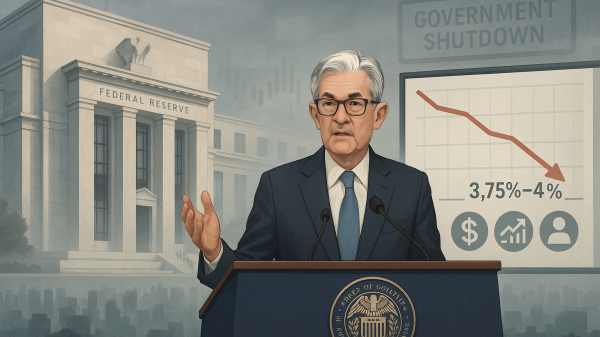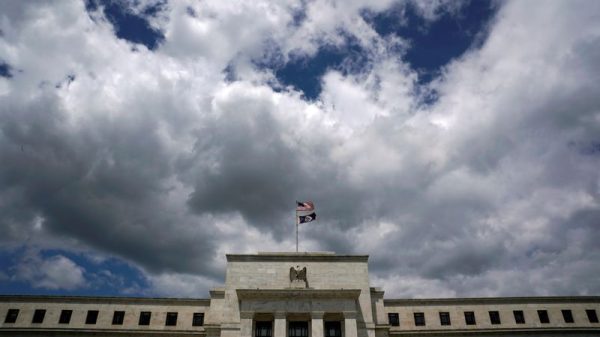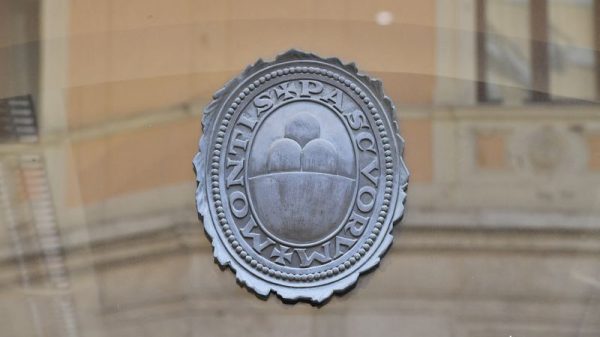A significant upward revision to May’s payroll figures, coupled with Wednesday’s hotter-than-expected inflation data, is easing the pressure on the Bank of England to implement rapid rate cuts.
While cuts are still anticipated, they are now projected for August and November, ING Group said in its latest report.
Contrary to last month’s UK jobs data, which indicated the largest recorded fall in payrolled employee numbers since 2014 (excluding the pandemic’s peak) during May, this month’s data disproves that occurrence.
May’s decline, initially reported as 109,000, was revised to a more moderate drop of 25,000, aligning with the six-month trend.
June experienced a slightly larger fall of 41,000, which is expected to be revised upwards later.
This trend isn’t entirely unexpected, echoing what we observed in the March data, according to ING.
“And a sharp decline in worker numbers would be totally inconsistent with the official redundancy numbers we get each week from the government, which have shown no discernible increase over the past few months,” James Smith, developed markets economist, UK, at ING, said in the report.
Private sector
“That said, these payroll numbers, which are one of the few reliable ways of looking at the jobs market right now, have been falling for seven out of the past eight months,” Smith said.
Since October, employment has decreased by nearly a percentage point according to this metric.
Over half of these net job losses occurred in the hospitality or wholesale/retail sectors.
These sectors are characterised by being labor-intensive and lower-paid, making them more susceptible to the National Insurance increase implemented in April.
“The fact that these sectors are dominated by small businesses may explain why it’s not showing up in the redundancy data, given that firms aren’t required to file a notice to the government if they have fewer than 20 staff on site,” Smith added.
While the job market is undeniably cooling, and even more so than in other major economies according to comparable vacancy data from Indeed, the latest figures indicate that it is not spiraling downwards, a trend typically observed during recessions.
Outlook on rate cuts
The trend suggests pressure on wage growth should continue to ease this year, ING said.
Private sector pay growth has decreased, slowing from 6% at the beginning of the year to 4.9% annually.
A more reassuring figure for the Bank, the three-month annualised rate—a stronger indicator of recent momentum—stands at 3.7%.
This aligns with findings from the Bank of England’s “Decision Maker Panel” survey in recent months.
“For now though, the combination of less worrisome jobs data and hotter inflation figures yesterday suggests the bar for the Bank of England accelerating cuts is still high,” Smith said.
We expect cuts in August and November, and two further cuts next year.
The post UK rate cuts: August and November projected by ING amid easing job market appeared first on Invezz




































